From Persian milk and The Rich Kids of Iran, to soccer stars and a no-tie wanted policy, there is a lot the world does not know about Iran. The insular country has a lot of rules for its civilians which make it hard for the rest of the world to have a look into the culture, customs, food, and internal drama that takes place. When people think of Iran, they immediately think of women in hijabs and a lot of praying taking place. While that may also be true, there is a lot about Iran that people need to know that they surely do not.
Iran has their own version of Rich Kids of Iran, which you may not know but Iran has far more money thanks to its oil reserves so these kids are richer than rich.


In addition to the modern twists this country faces, it also has a very rich history that sets it apart from much of the world. However, Iran also has a lot of fascinating facts, practices, and customs that you will surely not find anywhere else in the world. Dig into these interesting facts about Iran that you have to know.
Iranian, or Persian, food is a gorgeous mix of Indian, Greek, and Middle Eastern food styles. Iranian dishes have a wider variety than Greek dishes and they do not carry as much spice as Indian food, but the similarities are there in the meat they use, the way they cook and the spices themselves. Iranians love using fresh ingredients in their food to make sure it has the truest flavor.
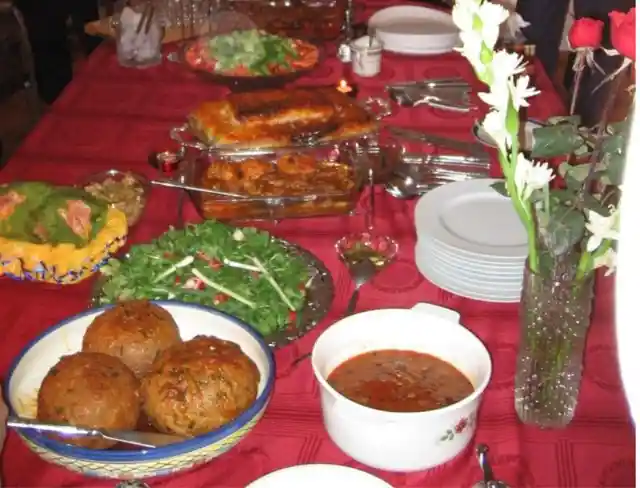
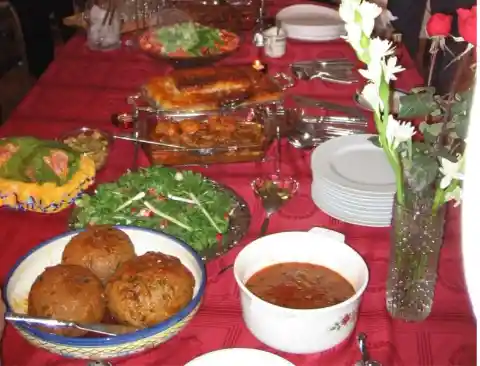
One of the most common dishes is sheep, chicken or lamb that is served over rice with a side of bread that they usually make at home. As for drinks, they are huge black tea drinkers.
You will be surprised to learn that over 70 percent of Iran's population, some 80 million people, are under the age of 30! It also makes sense then that the Iranian youth is the most politically involved youth in all of the Islamic world's 57 nations. The voting age in Iran is also 15 years old, making it easier for youth to make their voice heard.
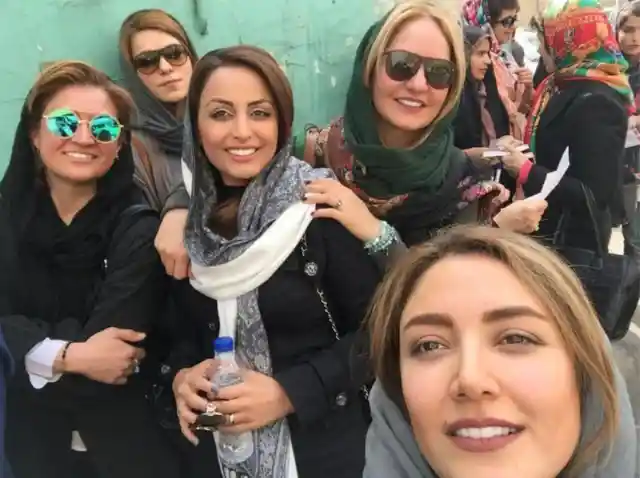
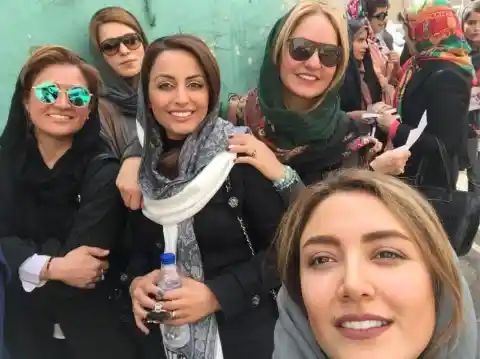
It is this very youth that has made a huge influence on the nation's political agenda. In 2009, the youth formed their largest movement to date called "people power" that pushed for a democratic change that they are still working towards.
The word "Iran" actually translates to "Land of the Aryans" in Persian. The term "Aryan" was used as an ethnic label by the people of Iran and later spread to the religious, cultural, and linguistic term describing Iran's people.
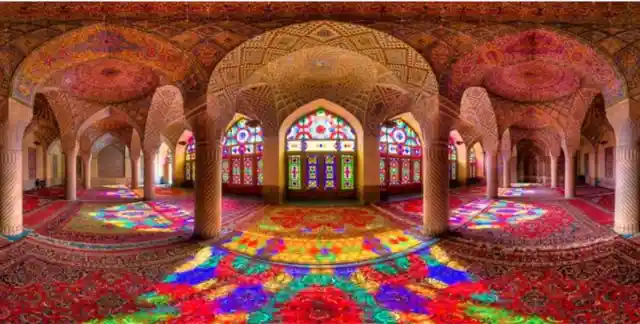
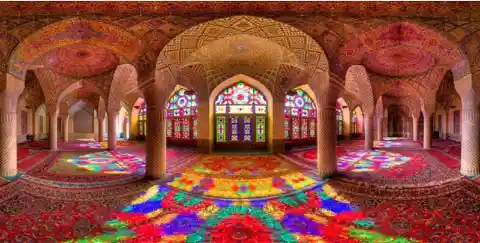
Another unknown definition is for Tehran, the capital city's name in Iran; it means "warm slope." The name makes total sense as the weather in Tehran can get incredibly hot, with the current record being 109 degrees F, 43 degrees C.
Persian carpets are some of the most coveted ones in the world. The Western world knows about them from flying magic carpets in movies, but the real ones are done in an incredibly intricate manner with hand-woven craftsmanship that is unmatched. Iranians have been making their own carpets for more than 2,500 years and sees it as their second largest export.
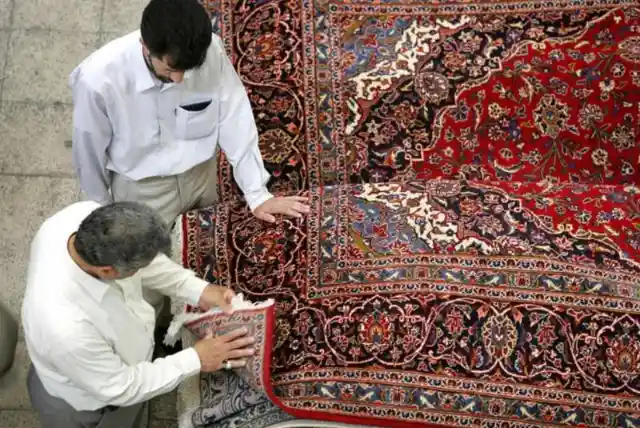
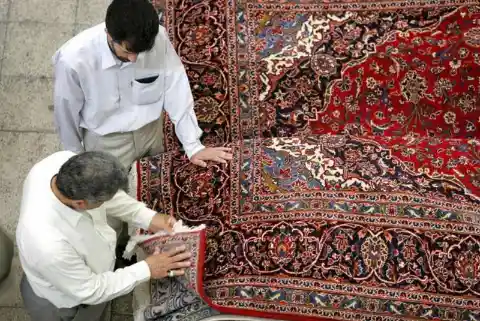
Each rug is a unique piece of art - no two are the exact same. There is no perfection as the goal here, as Iranians live with the belief that the only perfect entity is God.
If you walk down the street of Tehran or other cities, you will notice humble and polite individuals who truly mean it, this is called Taarof. This Persian tradition means "meeting together" and is the social glue of the nation. It is all about providing guests with the highest form of respect.
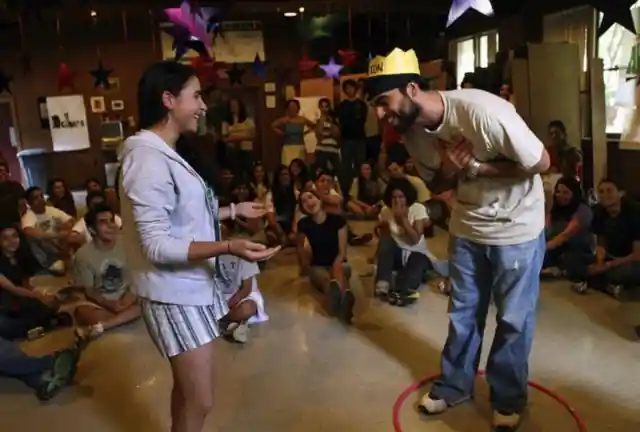
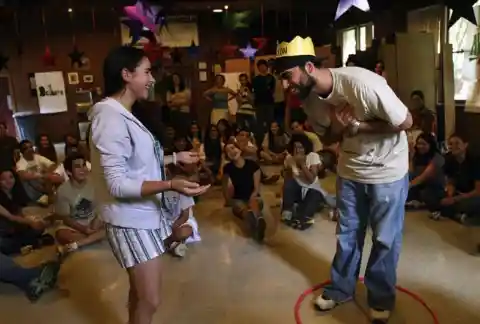
The major element of it is someone turning down something out of politeness so as to not seem greedy. If you go to someone's home for dinner and are offered a second helping, one must refuse unless asked a third time.
It is no surprise here that Persian cats originate from Iran. Persian cats are some of the oldest breeds of cat in the world as they also come from one of the oldest nations. The cat has evolved to what it looks like today, which is a cat with long smooth fur which can keep it warm during the cold winter months.
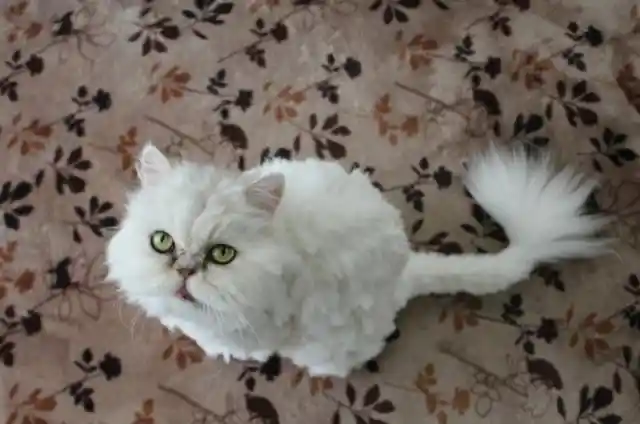
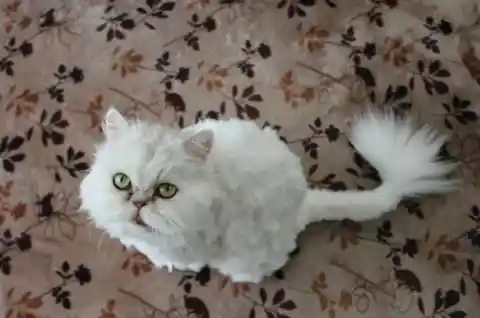
Italian traders brought the cats over to Europe during the 17th century. It was the same time that cats elevated their status to be exotic and sought after,
Iran has a total of 25 public holidays - that is the most out of any country in the world. Every year, there are more and more holidays added to the roster and as many days off for the people of the nation. The holidays usually commemorate the birth or death of important Shi'a Imams, and the list is getting longer and longer.
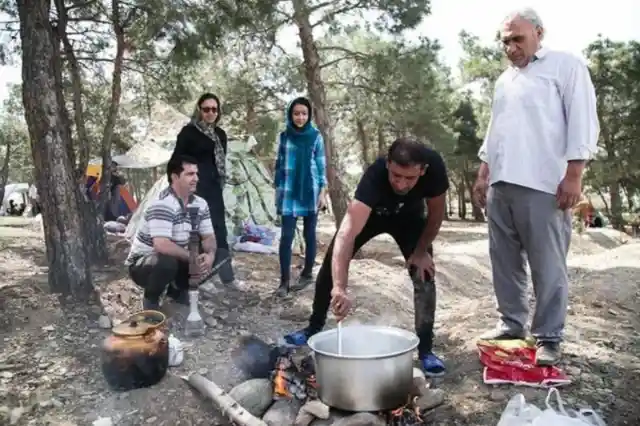
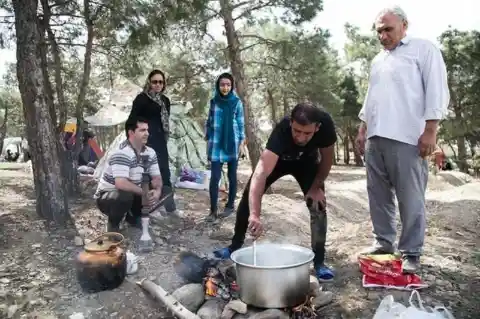
Iranian holidays follow the lunar calendar, but the nation uses three calendars - the Solar Hijri calendar, the Islamic lunar calendar, and the Gregorian calendar. Muslim clerics have to calculate the dates of the new holidays per the proper calendar and notify the people.
Persian Milk is actually yogurt in Iran. Yogurt is used in many of the national dishes and is one of the most important commodities in the country as it is has special qualities.


Iranian locals use yogurt on everything, and believe that the Persian Milk has medicinal properties that can ward off fatigue, clear chest colds, relieve sunburns and can even make you live longer. The beauty industry in the country even used yogurt as face masks and promotes it as the best thing to clear up skin and moisturize.
Ever wanted to see what the largest carpet on the planet looks like? All you have to do is go to the Middle East. The largest hand-woven carpet was created in 2007 by the Iran Carpet Company for the Abu Dhabi mosque in the United Arab Emirates.
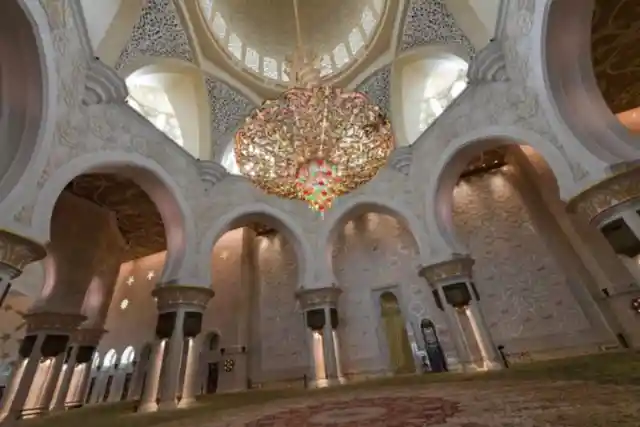
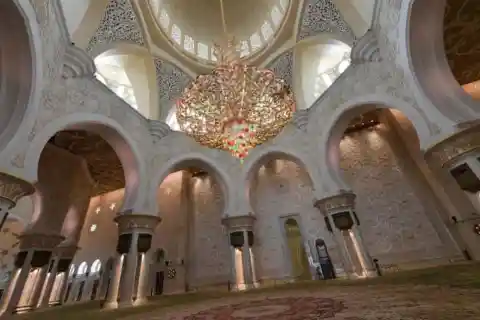
The carpet was made up of nine separate parts that were later assembled together in the mosque itself. The carpet measures in at 60,600.81 square feet. The carpet was even bigger than that but had pieces removed to perfectly fit the mosque.
Iran used to be referred to as Persia until 1935. It was then that the Shah of Iran at the time, Erza Shah Pahlavi, spoke to the people of the nation and told them to begin calling the country as Iran.
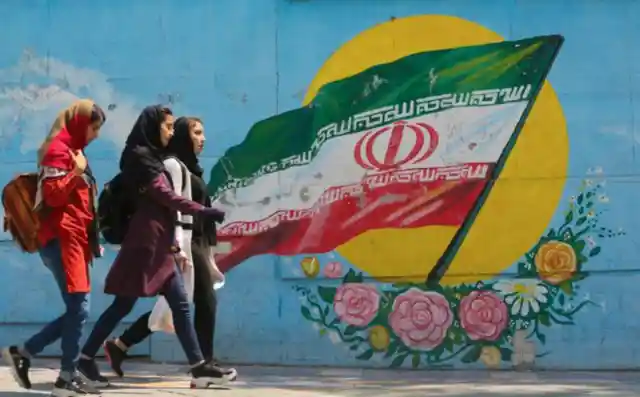
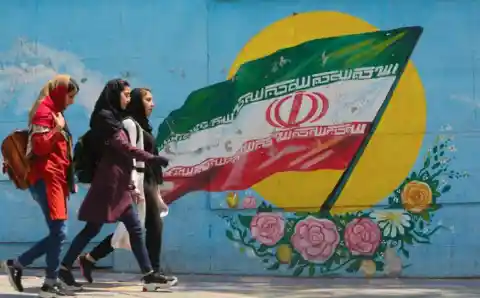
In 1979, the name change was official when it became the Islamic Republic of Iran. This happened when the monarchy was overthrown when a political power play by religious clerics took place as the Iranian Revolution happened under the power of Ayatollah Ruhollah Khomeini.
Starting in 2012, Iran has its own state-controlled internet for the people. Iran does not like or support social media platforms like Instagram, Twitter, and Facebook so if anyone within the borders of the country wants to go on them, they need to use a VPN to manage it.
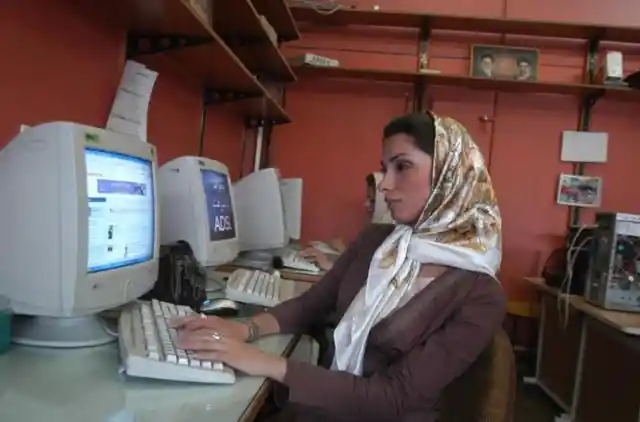
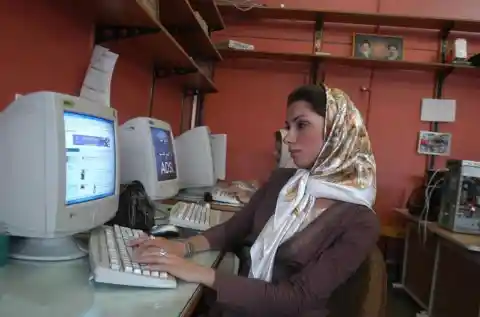
The nation is very proud of their national internet, so much so that they had an inauguration ceremony when the first phase of it was done. The plan for the national internet was for decency but also to lower the cost of high quality and high speed internet.
Iranians love playing soccer and are very good at it too. The national men's team is so good, in fact, that they qualified for the World Cup tournament on three separate occasions. The team also won three Asian Cup titles so far.
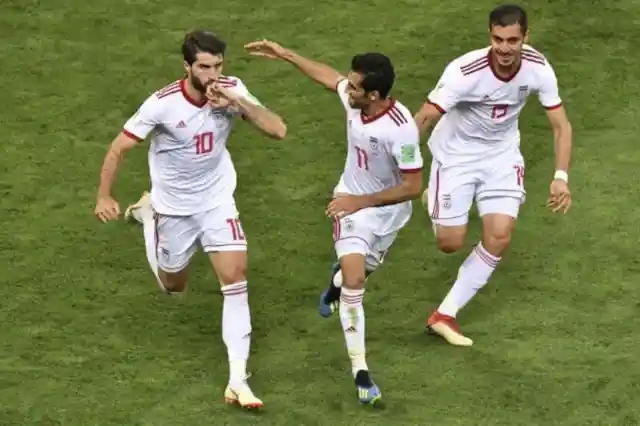
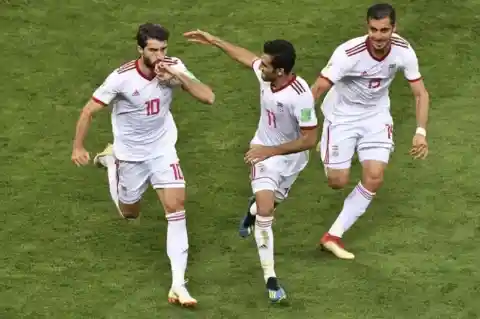
Women love playing soccer as well, running on the field with their respective hijabs as a mix of tradition and sportsmanship. FIFA actually banned the hijab in 2007, so when the girl's team wanted to qualify for the 2012 Olympic games, they could not as they were not going to remove their hair covering.
The culture surrounding Iran is a deeply traditional and rich one. It is famous for its plush gardens, poetry, tapestries and rugs; so much so that the word "paradise" actually comes from the word Persia which also means "enclosed garden." Iranian's love poetry above most and have been raised around it.

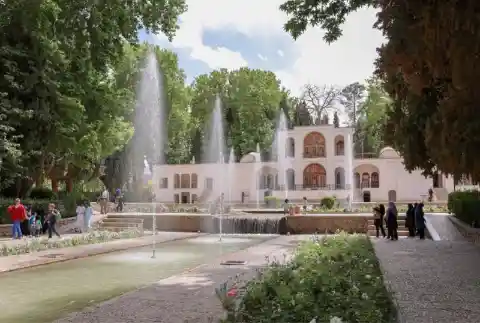
Iranian poets are also world renowned for their talent, including Hāfez, Firdawsī, and Sa’adī, among many others. Classical music is also seeing a rise in interest among the nation which means we are sure to hear of Iranian classical musicians.
Iran holds a record number of UNESCO World Heritage sites, 23 to be exact. Iran is home to one of the oldest civilizations on the planet and has therefore collected these sites over the many years. One of the most impressive ones is the Persepolis (Takht-e-Jamshid) which was the capital of the Achaemenid Empire.
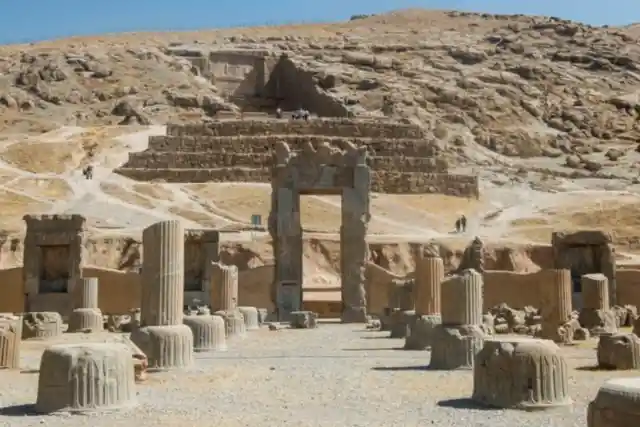
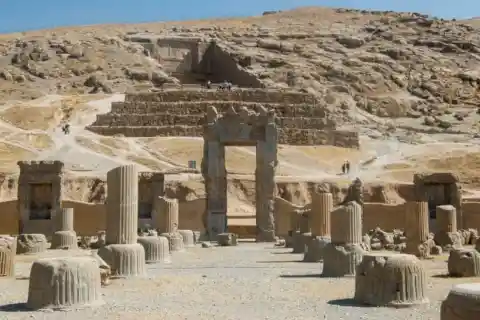
The area was filled with places of worships, bazaars, palaces, and a water system. The people of Persia were advanced for their time in the technology they put together for their city's infrastructure.
If you are ever in Iran or visit an Iranian family for a meal, be ready to sit on the floor on cushions to support you. Eating meals in a manner such as this one is very common, especially in a big family.
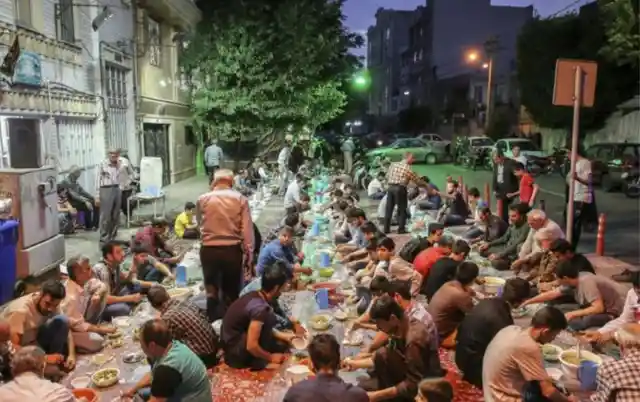
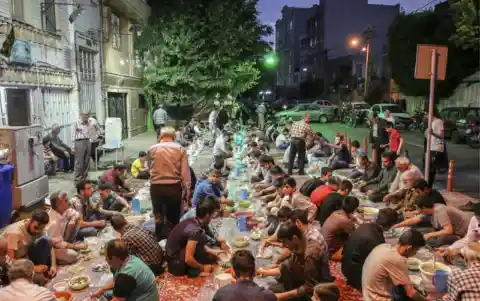
Another element to the mealtime design is the fact that there may be limited utensils as they typically eat their meal with their right hand. You are also expected to wait and directed to your seat and not decide where you will be on your own.
Iran owns 10 percent of the oil found in the world, also known as 125 billion barrels. They pump over four million barrels every single day. Iran is the fourth largest oil producer among the world's producers, with the Persian Gulf holding 60 percent of the world reserves.
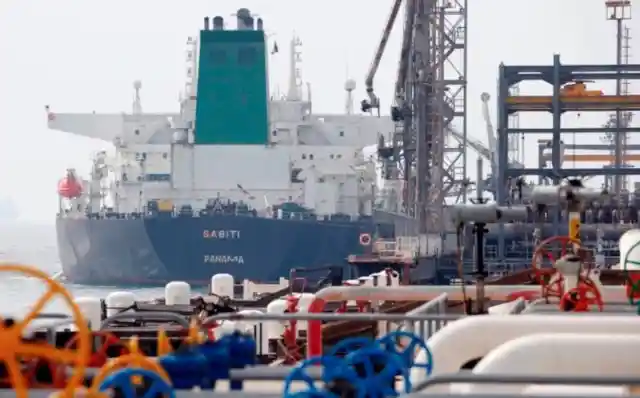

The Persian Gulf is made up of seven Arab states, Iraq, Bahrain, Kuwait, Qatar, Oman, United Arab Emirates, and Saudi Arabia. This makes these nations some of the richest in the world.
The majority of the world thinks that the only language spoken in Iran is Arabic. While Arabic is indeed the language spoken by most, the Persian official language is Farsi. Farsi is also spoken in Tajikistan and Afghanistan.
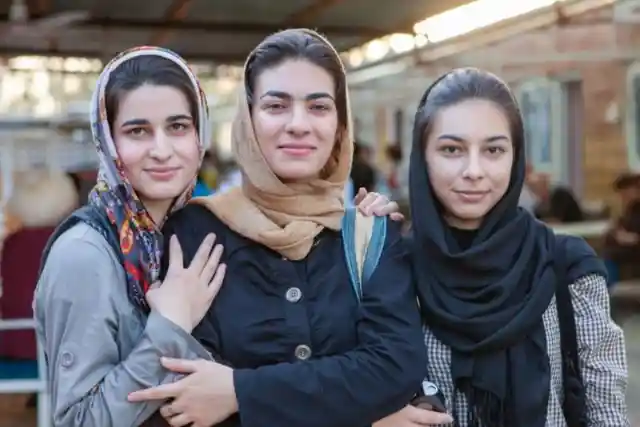
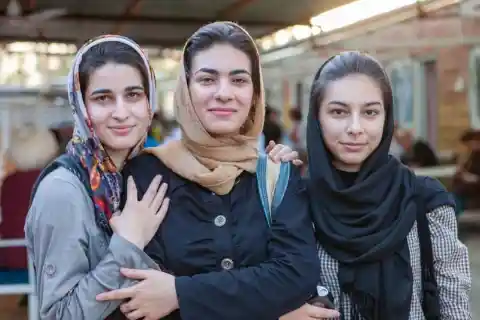
There are seven additional dialects spoken in Iran, such as Arabic, Balochi, Gilaki, Mazandarani, Lori, Kurdish, and Azerbaijani. The languages are very similar but vary per region and can also help others detect where the other individual is from.
The Asiatic Cheetah, also known as the Iranian Cheetah, is on the critically endangered animal list. It currently lives in Iran's wild territories. The endangered animal is specially guarded in a series of protected areas located in the eastern-central region of the country as the weather is arid there.
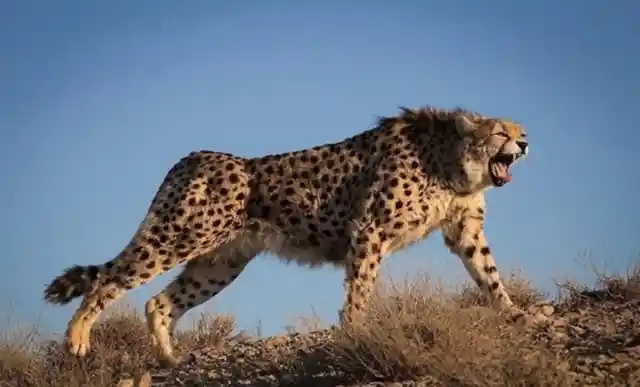
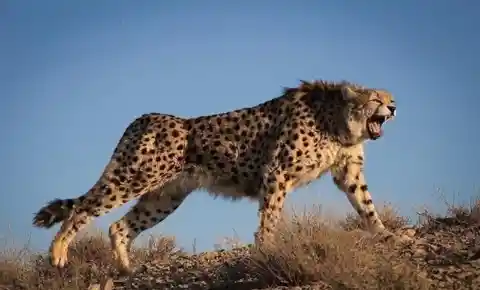
As of the end of 2017, there were only 50 Iranian Cheetahs left in the world. In order to raise awareness of this issue, the Iran national soccer team wore a cheetah illustration on their jerseys during the 2014 FIFA World Cup.
While we mostly know that the area is very rich in oil, did you know that Iran is also known for other rare delicacies such as pistachios, caviar and saffron? In fact, Iran controls 50 percent of the Caspian Sea caviar market. This has proven to be very profitable for the country as the Beluga eggs are worth around $160 an ounce.
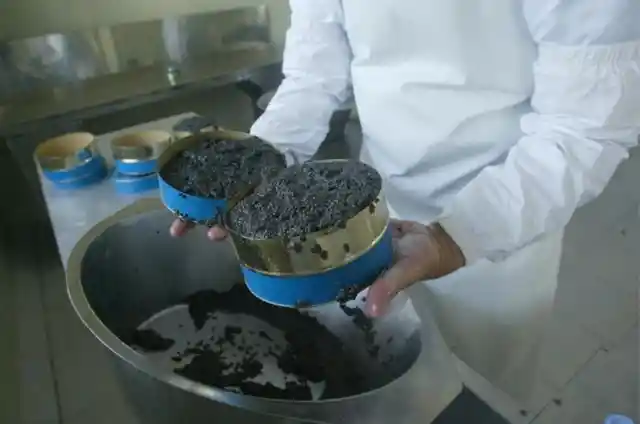

The fish, as a result, have quickly disappeared from being overfished. Environmental groups are looking to ban caviar fishing altogether.
For a while, Iranian men and women were not getting married because of the cost to the couple and their families. The Iranian government found this incredibly alarming and sought to fix the issue. Iran has created an annual fund totaling $720 million to help reduce the cost and cover most of them for couples who want to have a traditional Iranian wedding ceremony.
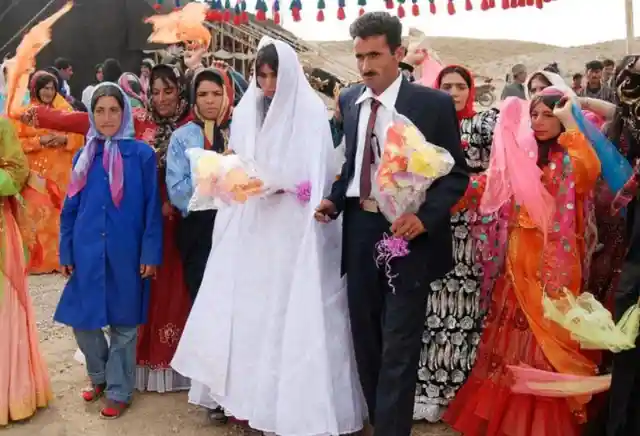
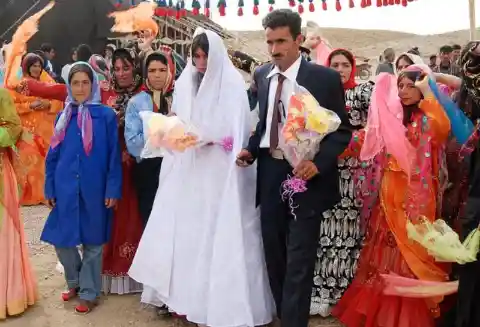
They want to encourage weddings among the country's men and women. Also, if a couple wants to get their marriage license, they need to sit through a lecture on contraception.
The literacy rate in Iran in the 1970s was a mere 37 perfect. In 2015, the literacy rate has jumped to 93 percent among adults in the country. Today the rate is at 97 percent, showing an increase that will surely be absolute by 2022.
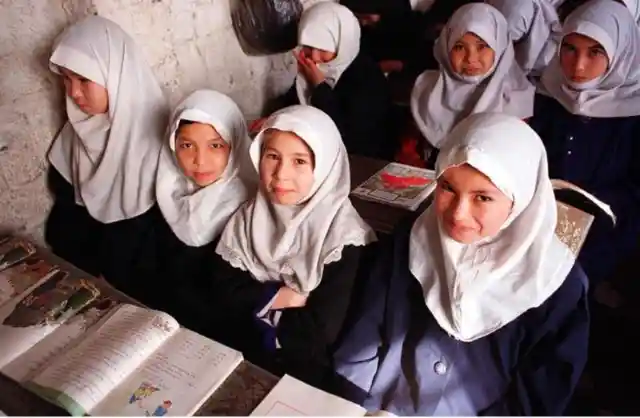
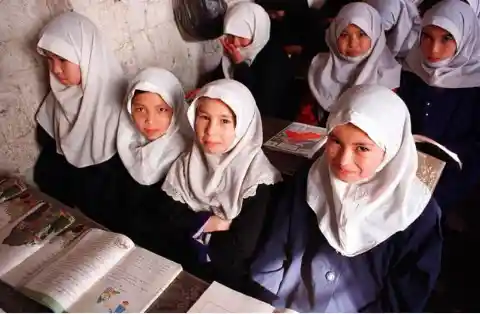
Since 1979 and the Revolution, the government has focused on modern education that has a focus on Islam. What that means is that every classroom is separate by gender and that much of the learning material is about Islamic traditions and perspectives.
Many of the men in Iran do not like wearing ties as they consider them to be s symbol of the West which they do not look at very fondly. The dislike for ties was ramped up starting in 1979 with the swift shift in government.
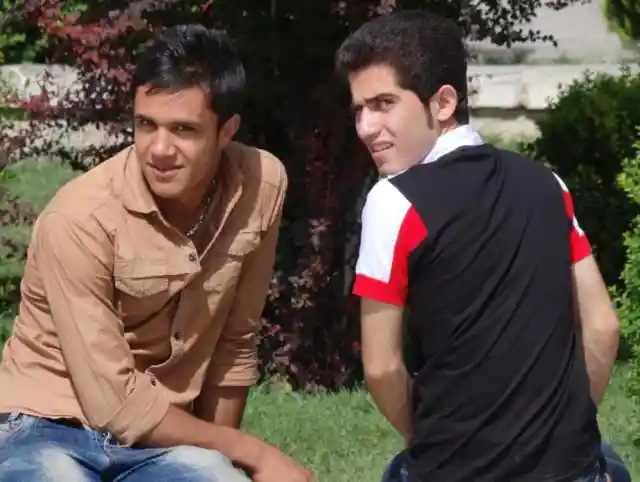
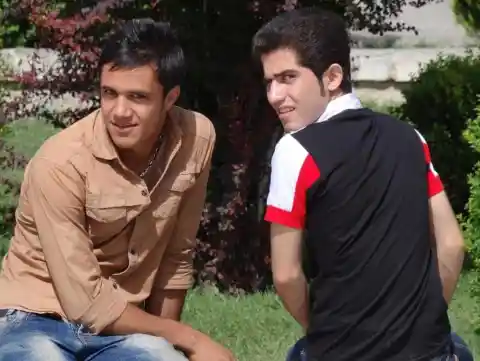
However, that does not mean that they do not like to dress up and look nice, they just go for a tie-less look which can be just as nice. The government was pro-Islamic garments as they say that they make everyone in society equals.
Believe it or not, there is a heavy metal scene in Iran. This underground scene lives mostly in the capital of the country, Tehran. Over the last 30 years or so, there has been an increasing presence in the Iranian rock scene, with more musicians making their way down there.
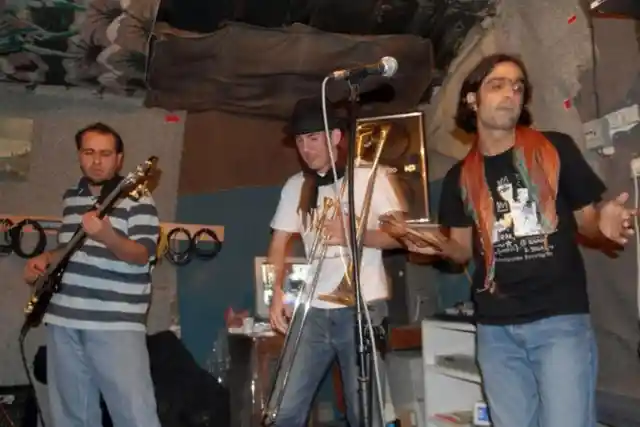
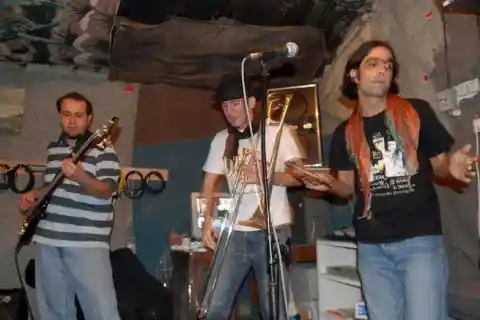
Most of the local community that belongs to this scene believe in love and unity and take a more hippie approach to the music scene. Now, you can also find jazz, pop, and even hip-hop in this scene.
This massive volcano calls Iran home. The Damavand volcano stands only 43 miles from the capital of Tehran. It last erupted 7,300 years ago but is still classified as active as fumaroles were detected near the crater at the summit of the volcano.
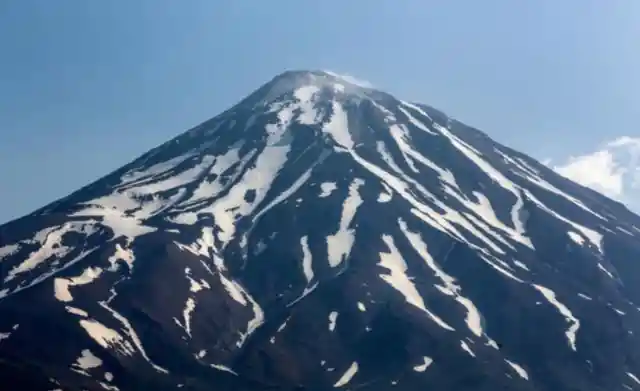
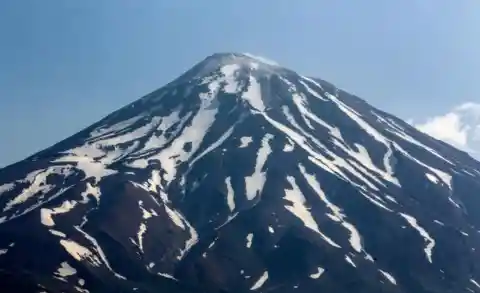
The Damavand volcano is the highest volcano in Asia as well as highest mountain peak in Iran. This volcano has a special place in Persian mythology and folklore. The volcano was a symbol for the Iranian resistance against foreign tyranny and rule.
The Treasury of National Jewels in Tehran, Iran, holds some of the most expensive and rate jewels in the world. The nation's Imperial crown jewels consist of crowns, aigrettes, swords, gems, shields, 30 tiaras, and precious china.
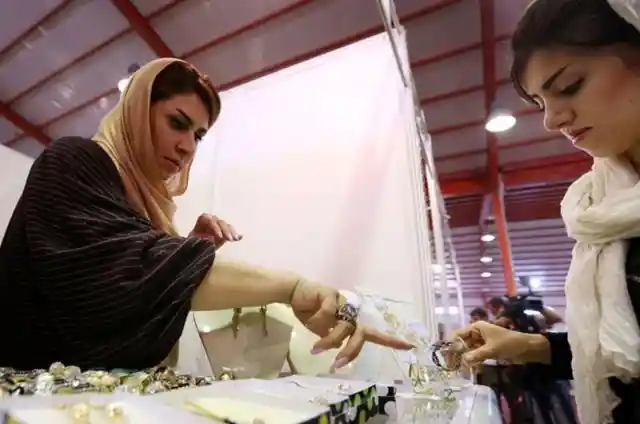
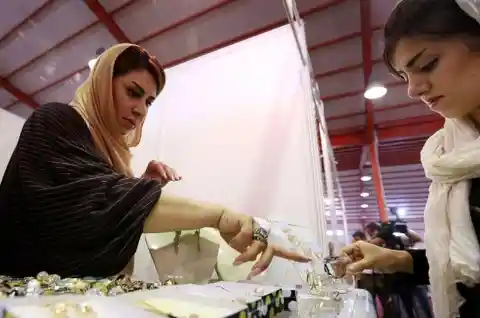
The jewels are so valuable so that the country still uses them to back the Iranian currency. They were last seen in public before the Iranian Revolution of 1979, during the time of the Pahlavi dynasty.
Parkour, also called PK, is a military obstacle course focused on training discipline based on acrobatic moves that started in France and was made hugely popular in the 90s and 2000s. Iran got on board with the trend soon after.
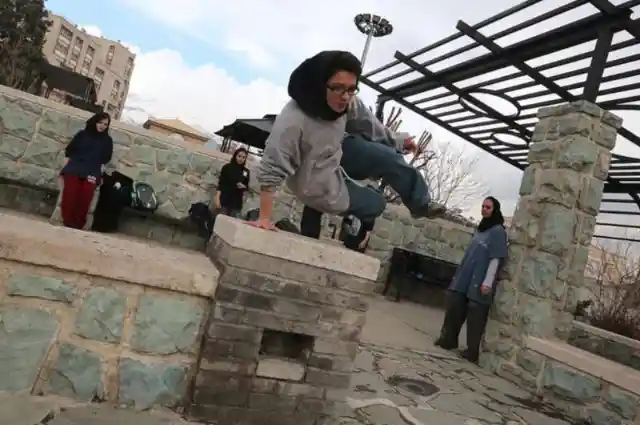
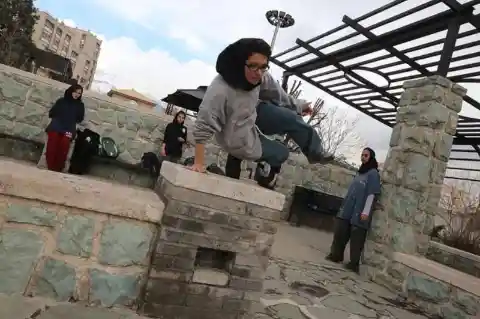
Men and women in the country go through the difficult obstacle course while leaping and flipping themselves in parks that are specially designed for Parkour. There is no need for any form of equipment for Parkour and that seems to be the best part about it.
Over the past 30 years and counting, there has been a secret Star of David on the roof of the Tehran International Airport, right above the main terminal. No one knew this was there until Google Earth snapped their first photo in their quest to photograph the world in 2001.
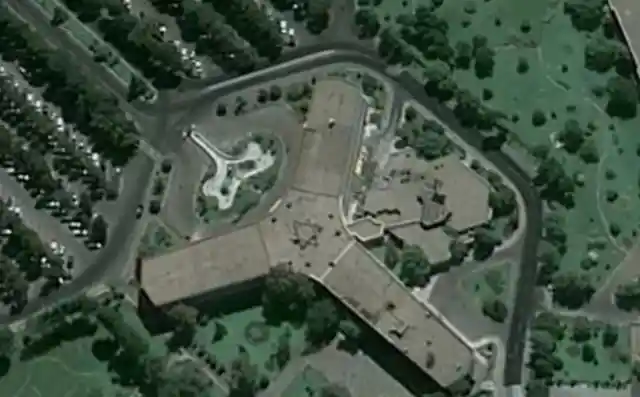
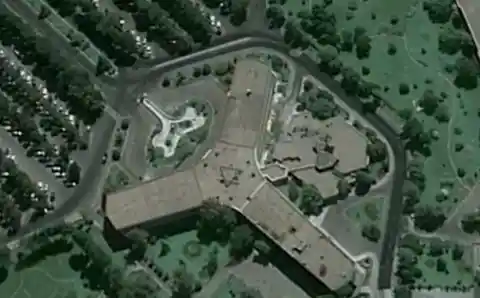
By the time the world got to see it, the Star was removed but the outline kept its shape. The Iranian government ordered that it be removed as soon as they learned of this.
Iranian money exceeds that of the rest of the world, or least most of it. The Rich Kids of Tehran take the concept of rich youth to a whole new level.


Other than the laws in the country that forbid many things, these kids have nothing stopping them - they can do whatever they want with their parent's money. They throw lavish parties where they serve alcohol (illegally), and use social media despite the ban as they have VPNs on their phones and computers.
Islam is the religion that dominates Iran with a 98 percent practice by its population. Within that 98 percent, 89 percent are Shia Muslims, while the other 9 percent are Sunni Muslims. This is where the biggest divide lies and issues between the two groups tend to come to a head.
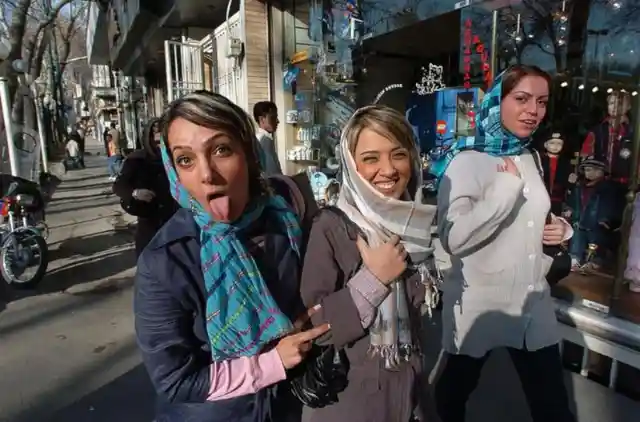
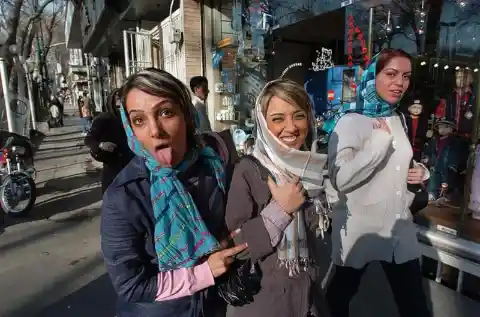
Other religions in Iran include Christianity, Zoroastrianism, Baha'i, and even Judaism. There is a mix of ethnicities in Iran as well, with 61 percent Iranians, 16 percent Azeri, 10 percent Kurds, six percent Lur, two percent Baloch, two percent Arabs, and two percent Turkmen and Turkic tribes.